Joint life insurance policy for couple...how beneficial?


The atmosphere around us, is turning toxic, in the name of development. Particularly in the cities, air pollution is beyond permitted limits. Industries and vehicles are increasing, while plants are reducing, leading to the disruption of eco-balance, and lack of protection. As a result, everyone from children to aged persons, is suffering from lungs and breath-related diseases.
Machines called air purifies, placed in houses and offices, help in removing poisonous substances in the air. However, these are not used frequently. Lack of awareness and high cost inhibit many from using them. However, we can enjoy the same benefits at a lesser cost. There are plants that purify the air like these machines. If they are kept at homes and offices, in flower pots, they clean the air, leaving us oxygen to breathe. American Space Research Centre has recommended some such plants, which can be grown in homes.
NASA research
National American Space Agency (NASA) has conducted a number of studies on plants that purify the air. It tried to learn about plants that remove toxic chemicals like benzene, formaldehyde, trichloroethane, glyzine, ammonia etc., from the air and purify it. It has also suggested growing some such plants. NASA suggested that there should be one such plant at every 100 sq.ft.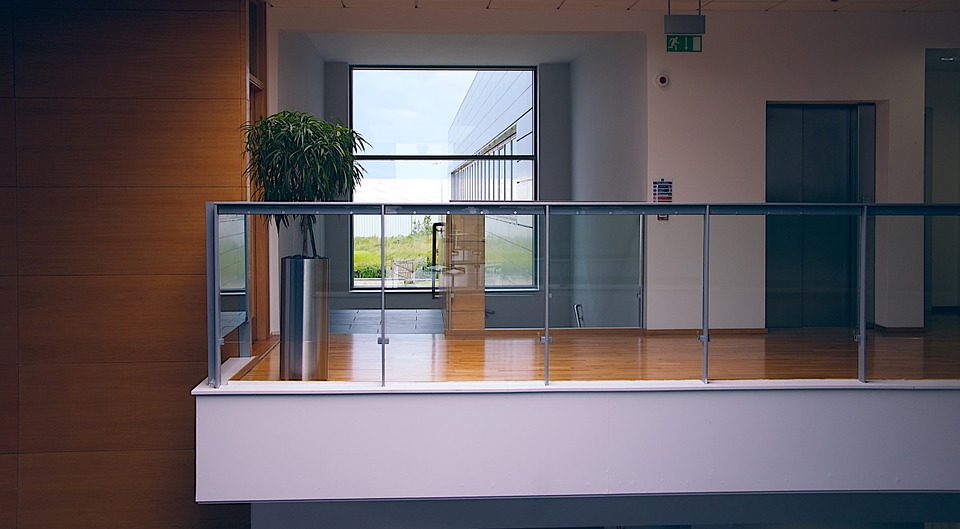 What toxins surround us
What toxins surround us
Trichloroethane: This chemical is found in painting ink, paints, varnishes, adhesives and paint remover. It is released into the air, once these materials are used. It produces reactions like anger, reeling, headache, nausea, etc. in those who inhale.
Formaldehyde: It is used in manufacture of paper bags, waxed paper, facial tissues, paper towels, table napkins, particle boards, plywood panels and synthetic fabrics. On inhalation it causes irritation in the throat and problems like inflammation of the lungs or larynx.
Benzene: It is used in plastics, resins, synthetic fibers, rubber lubricants and dyes. It is also found in soaps, drugs, pesticides, medicines, smoke emitted from cigarettes and vehicles, glue, paint and furniture wax. It affects the eyes and creates drowsiness, swooning, confusion, and in some cases unconsciousness.
Glyzine: It is released into the air through printing process, rubber, leather, paints industry, cigarette smoke and emissions. It causes irrigation in the throat and mouth, swooning, headache, confusion, heart, liver and kidney problems.
Ammonia: It is mostly released through pesticides. The symptoms depend on how long you are exposed to the substance. Irritation of eyes, cough, burning sensation in the throat, are common symptoms.
Formaldehyde: It is a natural organic compound. It is also known as Methaline oxide, formal etc. It is formed during forest fires, burning of plants and smoke emitted from vehicles and cigarettes. Many studies have shown that it is carcinogenic.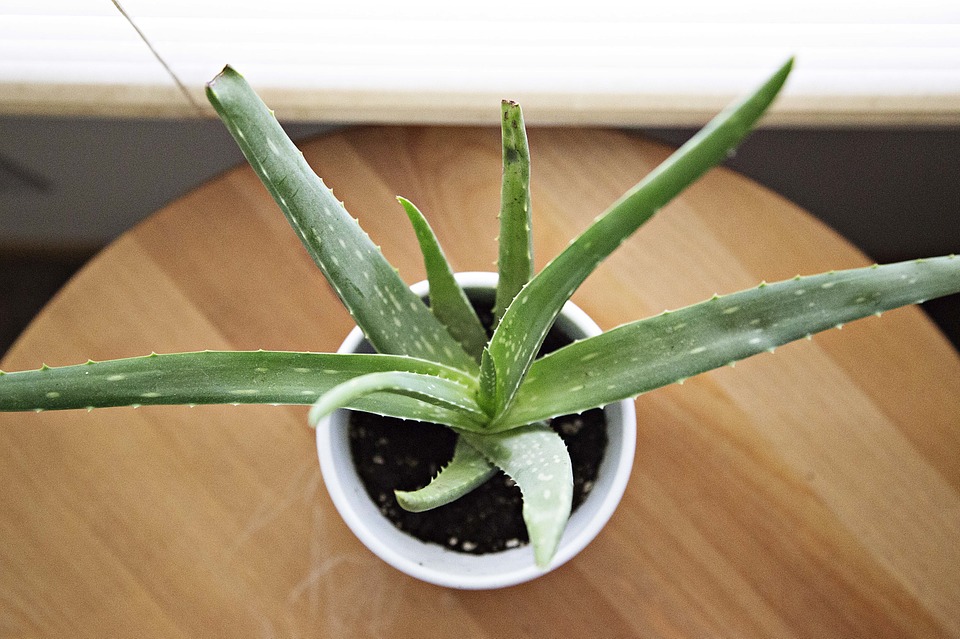 Aloe Vera
Aloe Vera
Aloe Vera grows in any location. It surpasses itself in improving the quality of air inside buildings. It works very well in increasing the oxygen levels inside the house. It absorbs benzene, formaldehyde, carbon monoxide and carbondioxide from the air. One aloe vera plant is equal to nine air purifiers, scientists have concluded. Aloe vera has medicinal properties. It is used mostly in moisturisers for beautiful skin. It is easily maintained. It is alive for a long time, even though it is not watered for many days. There is another good quality for Aloe Vera plant. NASA has recommended that even this plant is good to keep in bedrooms. This releases oxygen during night times. Peace-lily
Peace-lily
It looks beautiful and attractive. It is a plant that filters the air. It can filter at least 60 per cent of the air inside buildings. It absorbs the roots of fungus that develops inside houses, through its leaves. These reach the roots of the plant and work as its energy. It is beneficial to grow these plants in places like bathrooms, where there is a possibility for growth of fungus. It removes, formaldehyde and trichloroethane from the air.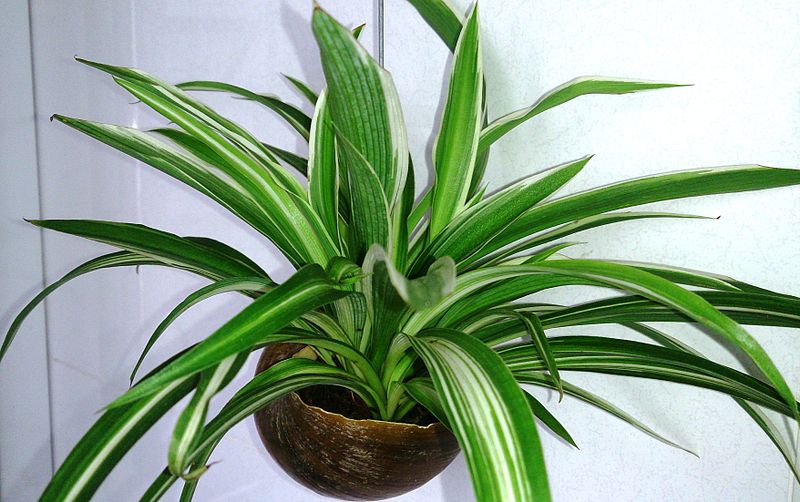 Spider Plant
Spider Plant
It can easily be grown indoors. It sustains even in dry conditions, without water for a long period. It is not fussy. No need for any manures or fertilisers. It effectively purifies at least 90 per cent of the air in the house. This plant has only leaves, which are long. Those suffering from dust and other allergies can grow this plant indoors as it absorbs the allergens, giving relief to the inhabitants.
It absorbs formaldehyde, carbon monoxide, gasoline, sterine etc. toxic substances from the air. One plant at a distance of 200 sq. mts is enough to purify the air. Another plant can be placed without harm and with more benefits. It very effectively removes pollutants from air. NASA scientists revealed that this plant indoors can lead to good sleep.
English Ivy
It is a plant that should be grown in a house full of pets. English Ivy reduces the effect of pollution caused due to the waste matter from pets. It absorbs formaldehyde. Within 12 hours of the emission of toxic fumes, they are absorbed by the plant. This plant filters nearly 60 per cent of the harmful substances inside the house within half an hour of its presence. It is a must plant in offices. Many studies have revealed that the plant removes large quantities of benzene in the atmosphere in offices. Those suffering from asthma or allergies should get this plant immediately.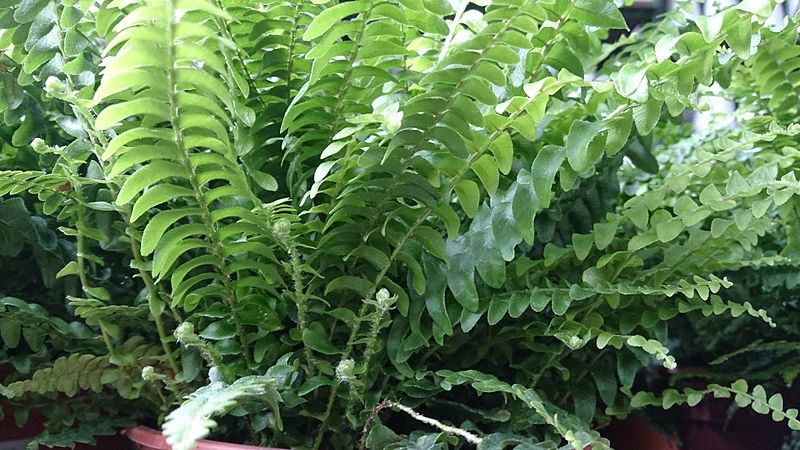 Boston Fern
Boston Fern
There are many beauty and health benefits with this plant. It works as a humidifier. That is it sees to it that there is enough moisture in the air. Those suffering from dry sink will benefit from this plant. It removes formaldehyde. The plants look beautiful when they are hung from the roof indoors or in balconies. However, it needs sunlight and should be watered daily.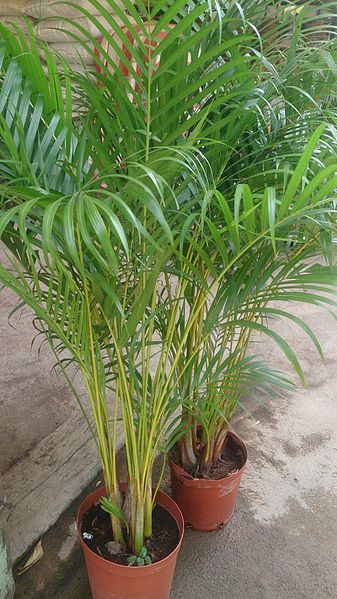 Areka Palm
Areka Palm
This is very easy to maintain. Only it needs some water to grow. It filters almost all the chemical substances in the air inside buildings, like Trichloroethane, formaldehyde and benzene. It releases adequate moisture in the air to keep it cool and humid. It looks like a Palmyra palm. It needs to kept in a place where sunlight is available. It should be watered every day. It grows to a height of three to five feet. Less water and little sunlight are enough.
Chrysanthemum
A beautiful bush plant, usually found in nurseries. It needs adequate sunlight and moderate amounts of water. The flowers are attractive. They filter the bezene in the air. They also help in removing glyzine, ammonia, formaldehyde and trichloroethane .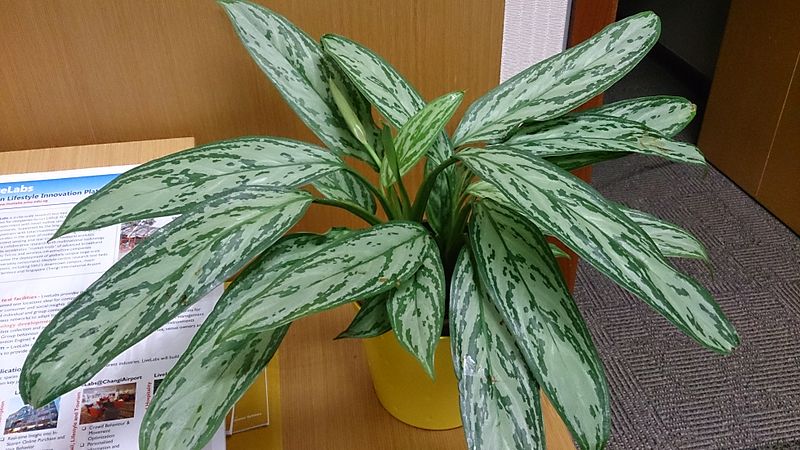 Chinese Evergreen
Chinese Evergreen
This plant is amazing in preventing the atmosphere from being polluted. It removes a number of harmful chemicals from the air surrounding it. It needs little sunlight. In a way it is a stubborn plant.
Fecus
This does not need much sunlight. Maintenance is easy. It filters the formaldehyde from the air. It's leaves are poisonous though .So those who have pets and little children in the house should keep other plants.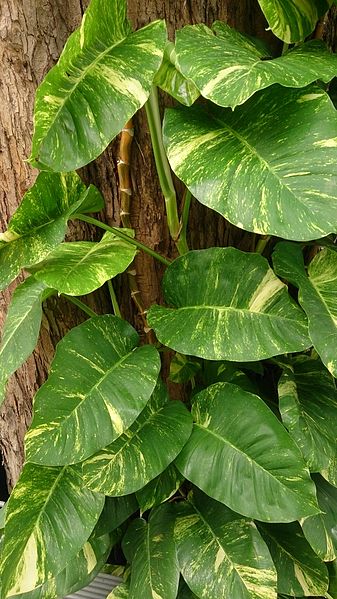 Golden Pothos/Money Plant
Golden Pothos/Money Plant
It belongs to the same class as money plant. It is a creeper that grows very fast. It does not need much sunlight to grow well. It removes formaldehyde. It is very effective in filtering the air. So it should definitely be grown indoors. It is also known as reed palm. Not just Golden Pothos but any plant available locally like the money plant, will give the same result. However, beware that pets or children do not handle or eat the leaves, as they are toxic.
Bamboo palm
It should be grown in the shade. The mud in the pot should be moist. It filters bezene and trichloroethane.
Red Edzett Dracaena (Red-edged dracaena)
Glyzine, trichloroethane and formaldehyde are removed from the atmosphere, with this plant.
Warnick Dracaena
These plants grow up to 12 ft high. They do not need direct sunlight. They remove several pollutants from the air.
Plants in the bedroom
Lots of people in cities face insomnia (sleeplessness). Stress and anxiety are the main reasons for this. Several plants are a good solution for this problem. NASA has recommended certain plants that can be placed in the bedroom. Any plant that removes pollutants from the air can be placed in the bedroom. It is a well-known fact that pure oxygen helps in good sleep.
Normally, plants breathe in oxygen during the day and carbondioxide during night times. Then how can anyone keep them in the bedroom, people wonder. How much oxygen, say two plants in the bedroom, breathe in? Just think Moreover, snake plant is different from the others. This releases oxygen during night times. Some plants can be kept in bedrooms during daytime as well as nights, according to NASA.
Jasmine flowers not only look good. They also emit a good perfume that soothes the mind. It increases the quality of sleep. Wheeling Jesuit University scientists have revealed that the plant has the qualities of removing stress. They have concluded that there can be no harmful effects due to the plants.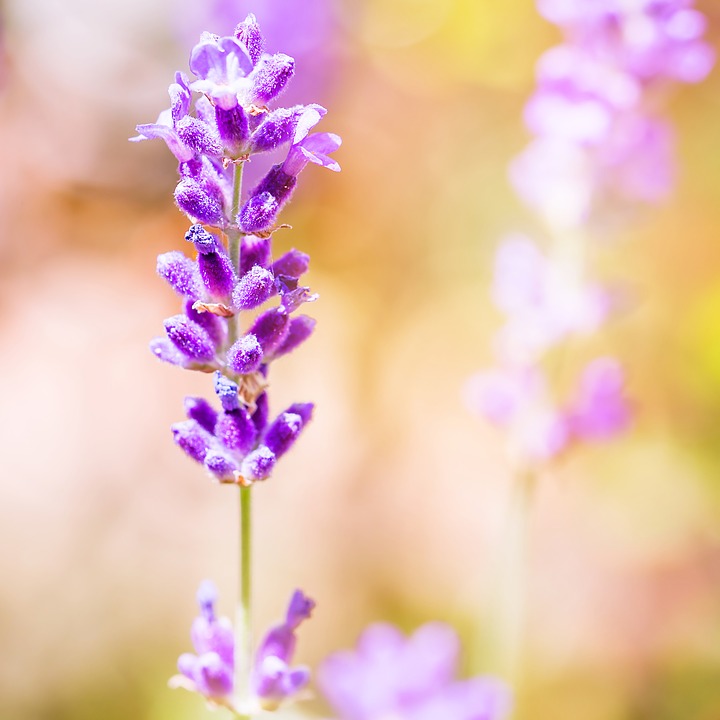 Lavender
Lavender
Lavender flowers too emit a good perfume. They will put irritable children to sleep instantly, scientists of University of Miami Miller School of Medicine, concluded after a study, in 2008.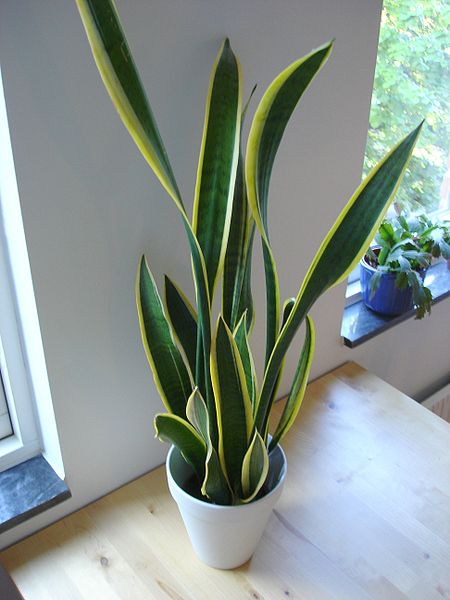 Snake plant
Snake plant
This one plays a key role indoors. It is a great relief from irritation in the eyes, breathing problems, headaches, migraines, etc, according to studies conducted by NASA. It is the most useful plant to keep in the bedroom, as it releases oxygen when it is dark. It is also one of the indoor plants that cleans the air from pollutants. It is said to get rid of 107 pollutants from the air. Carbon monoxide, nitrogen monoxide, formaldehyde, benzene, trichloroethane, glyzine, etc., are filtered and clean oxygen is given out. It also has another name called mother-in-law's tongue.
Valerian
Rose-coloured flowers bloom on this plant. Studies by Japanese neuroscience researchers, showed that by breathing in the perfume emanated by these flowers, Gaba systems (parts of the brain that help relax the body) work efficiently. The roots of this plant are used to manufacture sedatives (drugs that relieve the brain cells).
Gardenia
These flowers are attractive like white roses. The perfume coming from these too helps in maintaining good mood. Even these have sedative qualities. Researchers at Heerich Heen University have declared that these plants effectively relax the muscles and brains cells.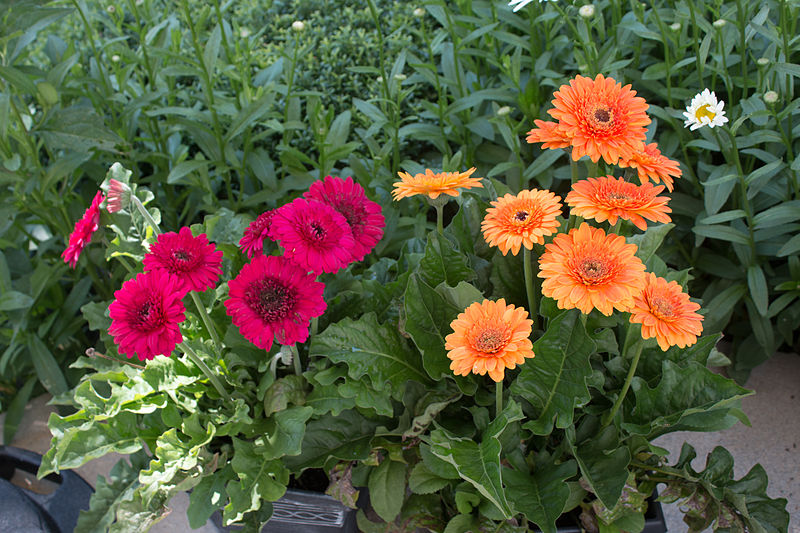 Garbera Daisy
Garbera Daisy
The flowers look similar to Sunflowers. They come in various hues. It is doubtless that these flowering plants are attractive in a house. They are pleasant and pleasing to the eye. This plant releases oxygen when it is dark. NASA has recommended this too as one that can help in curing insomnia. It filters tricholoethane.
Interdependence
Prominent multi-national company, Bayer Crop Sciences has revealed some benefits that occur due to indoor plants. We inhale oxygen and exhale carbondioxide. As a party of photosynthesis, green plants inhale carbondioxide and exhale oxygen. It means, we are for the plants and plants are for us. It is a law of nature. During night times, some plants exhale oxygen. They release 97 per cent of the water that we feed them with, in to the air as moisture. As such they can clean 90 per cent of the polluted air surrounding us. This way we remain healthy.



















